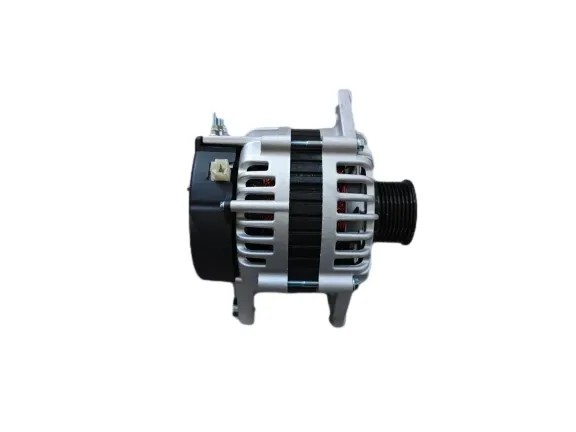
Modular product-data taxonomy for classified ads Context-aware product-info grouping for advertisers Locale-aware category mapping for international ads A normalized attribute store for ad creatives Segment-first taxonomy for improved ROI A structured model that links product facts to value propositions Clear category labels that improve campaign targeting Message blueprints tailored to classification segments.
- Specification-centric ad categories for discovery
- Benefit-driven category fields for creatives
- Performance metric categories for listings
- Cost-structure tags for ad transparency
- Ratings-and-reviews categories to support claims
Communication-layer taxonomy for ad decoding
Complexity-aware ad classification for multi-format media Indexing ad cues for machine and human analysis Decoding ad purpose across buyer journeys Granular attribute extraction for content drivers Taxonomy data used for fraud and policy enforcement.
- Moreover the category model informs ad creative experiments, Ready-to-use segment blueprints for campaign teams Higher budget efficiency from classification-guided targeting.
Brand-aware product classification strategies for advertisers

Fundamental labeling criteria that preserve brand voice Careful feature-to-message mapping that reduces claim drift Evaluating consumer intent to inform taxonomy design Producing message blueprints aligned with category signals Defining compliance checks integrated with taxonomy.
- As an example label functional parameters such as tensile strength and insulation R-value.
- On the other hand tag serviceability, swap-compatibility, and ruggedized build qualities.
When taxonomy is well-governed brands protect trust and increase conversions.
Applied taxonomy study: Northwest Wolf advertising
This investigation assesses taxonomy performance in live campaigns Inventory variety necessitates attribute-driven classification policies Reviewing imagery and claims identifies taxonomy tuning needs Establishing category-to-objective mappings enhances campaign focus The case provides actionable taxonomy design guidelines.
- Moreover it validates cross-functional governance for labels
- Specifically nature-associated cues change perceived product value
Classification shifts across media eras
From legacy systems to ML-driven models the evolution continues Early advertising forms relied on broad categories and slow cycles Digital channels allowed for fine-grained labeling by behavior and intent SEM and social platforms introduced intent and interest categories Content categories tied to user intent and funnel stage gained prominence.
- For instance search and social strategies now rely on taxonomy-driven signals
- Moreover taxonomy linking improves cross-channel content promotion
Consequently advertisers must build flexible taxonomies for future-proofing.
Classification as the backbone of targeted advertising
Engaging the right audience relies on precise classification outputs Predictive category models identify high-value consumer cohorts Category-led messaging helps maintain brand consistency across segments This precision elevates campaign effectiveness and conversion metrics.
- Classification models identify recurring patterns in purchase behavior
- Personalized messaging based on classification increases engagement
- Analytics and taxonomy together drive measurable ad improvements
Behavioral mapping using taxonomy-driven labels
Analyzing classified ad types helps reveal how different consumers react Classifying appeal style supports message sequencing in funnels Classification lets marketers tailor creatives to segment-specific triggers.
- Consider humor-driven tests in mid-funnel awareness phases
- Alternatively technical explanations suit buyers seeking deep product knowledge

Machine-assisted taxonomy for scalable ad operations
In saturated markets precision targeting via classification is a competitive edge Supervised models map attributes to categories at scale Analyzing massive datasets lets advertisers scale personalization responsibly Improved conversions and ROI result from refined segment modeling.
Using categorized product information to amplify brand reach
Structured product information creates transparent brand narratives Taxonomy-based storytelling supports scalable content production Finally classification-informed content drives discoverability and conversions.
Legal-aware ad categorization to meet regulatory demands
Legal rules require documentation of category definitions and mappings
Responsible labeling practices protect consumers and brands alike
- Policy constraints necessitate traceable label provenance for ads
- Ethical labeling supports trust and long-term platform credibility
Head-to-head analysis of rule-based versus ML taxonomies

Substantial technical innovation has raised the bar for taxonomy performance Comparison provides practical recommendations for operational taxonomy choices
- Classic rule engines are easy to audit and explain
- ML enables adaptive classification that improves with more examples
- Ensembles reduce edge-case errors by leveraging strengths of both methods
Holistic evaluation includes business KPIs and compliance overheads This analysis will be insightful for practitioners and researchers alike in making informed choices regarding the most scalable models for their specific objectives.